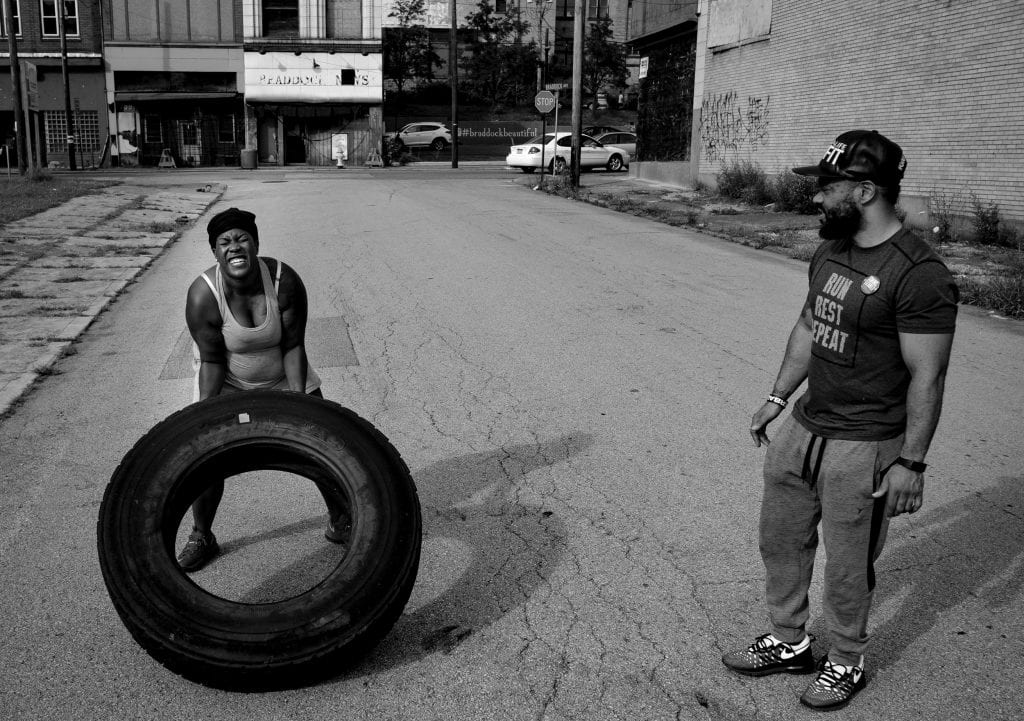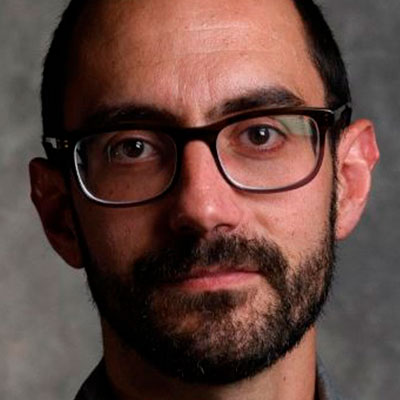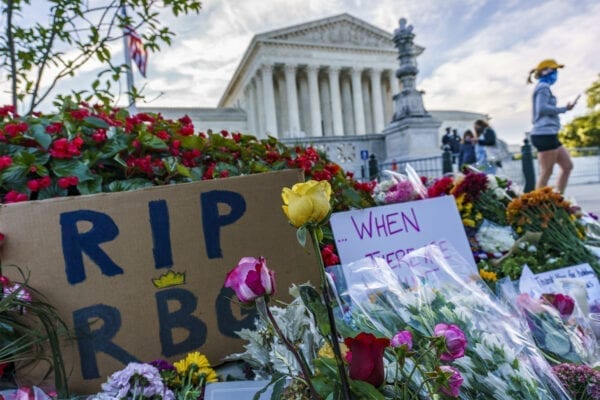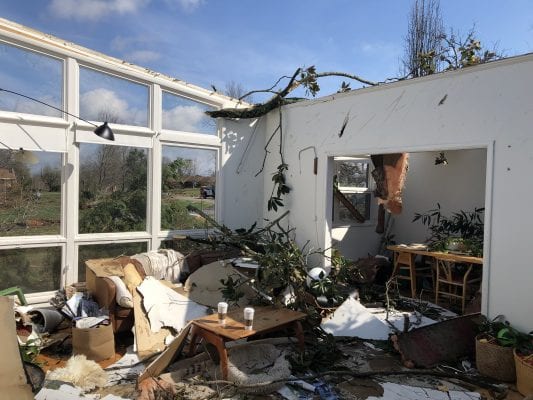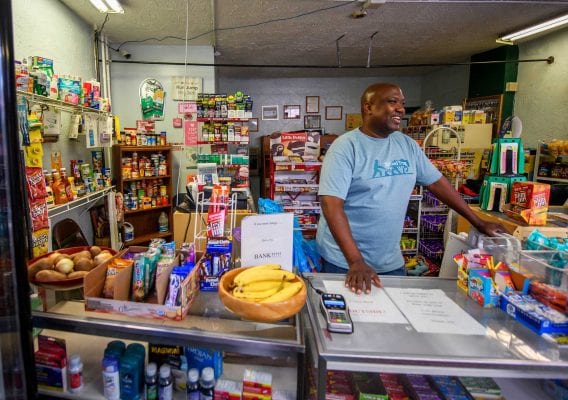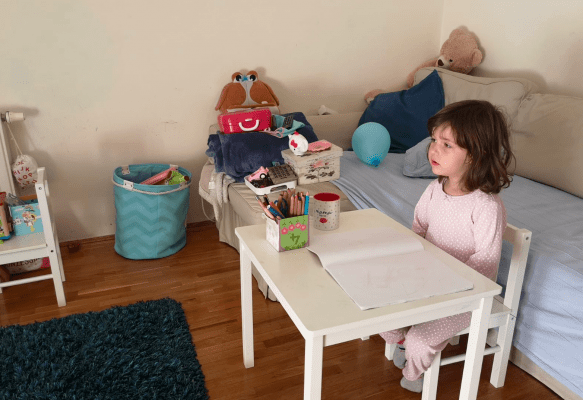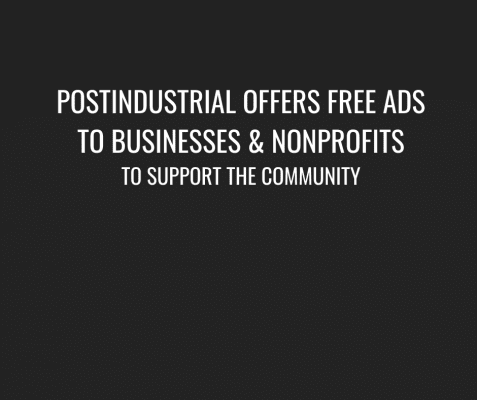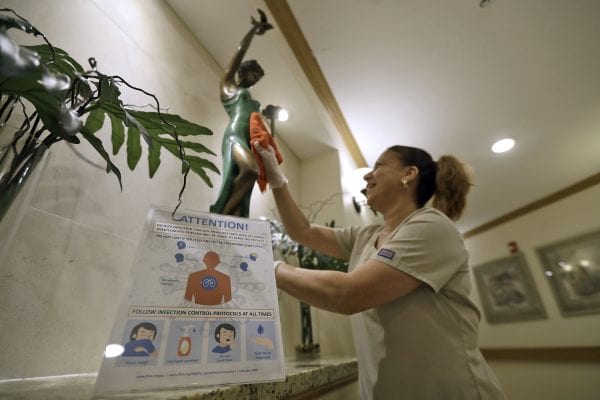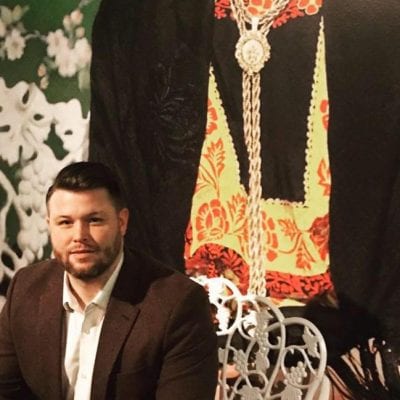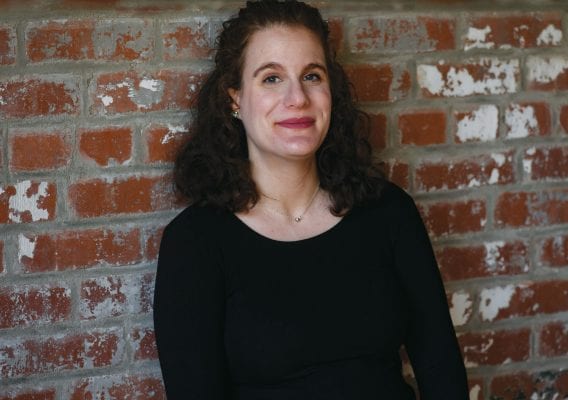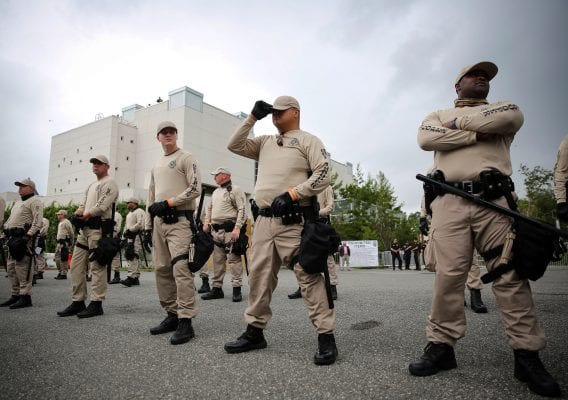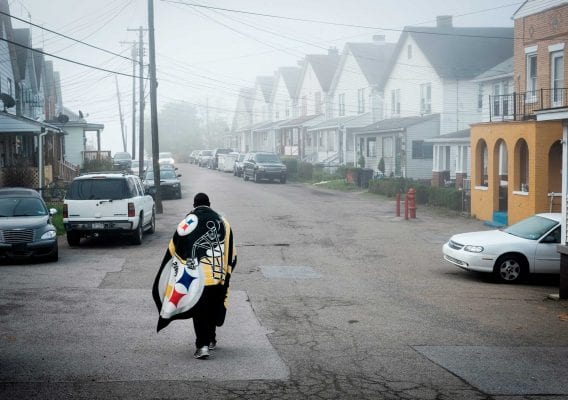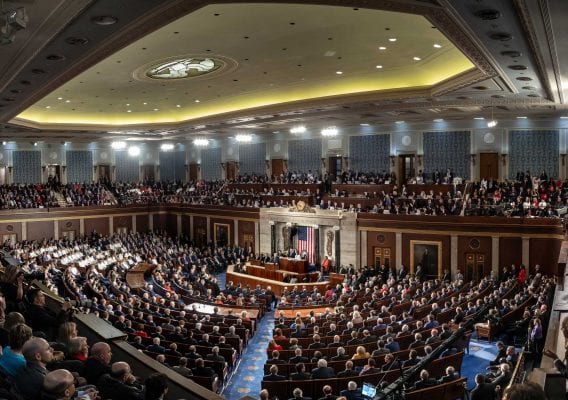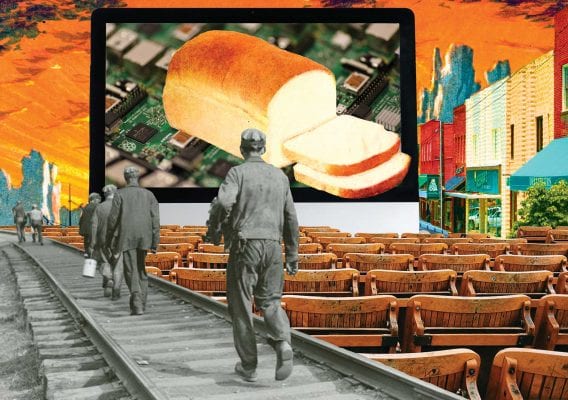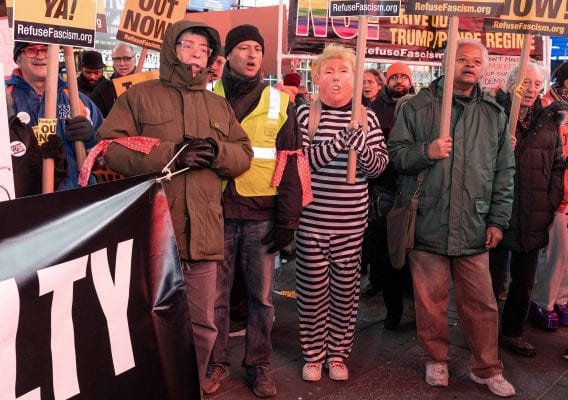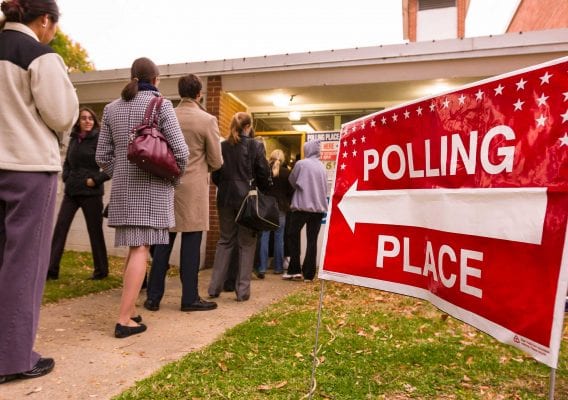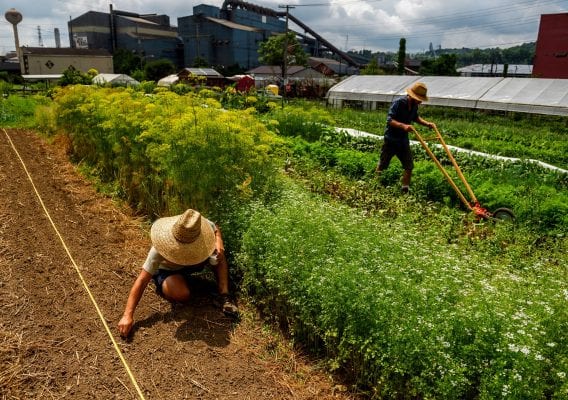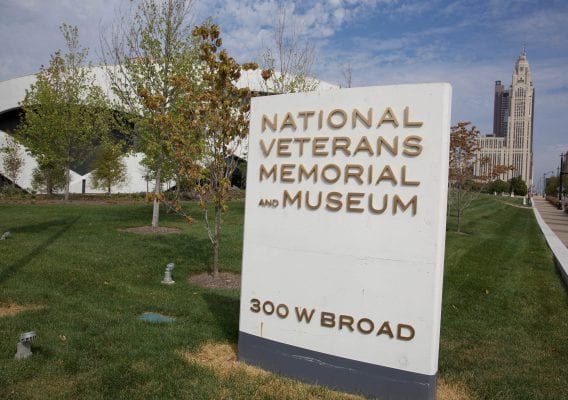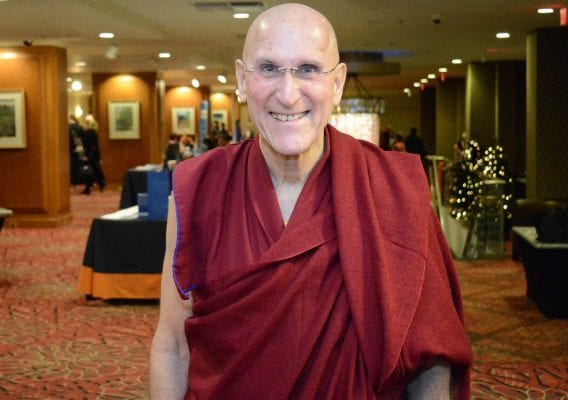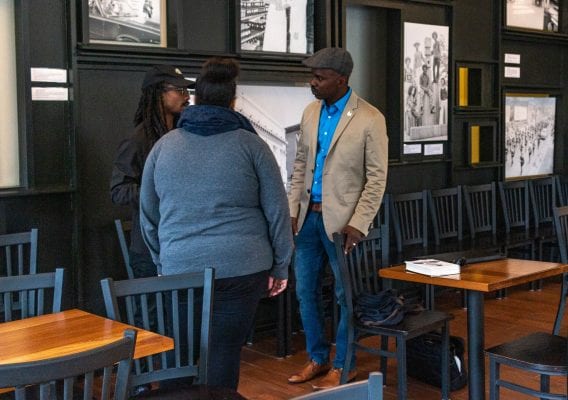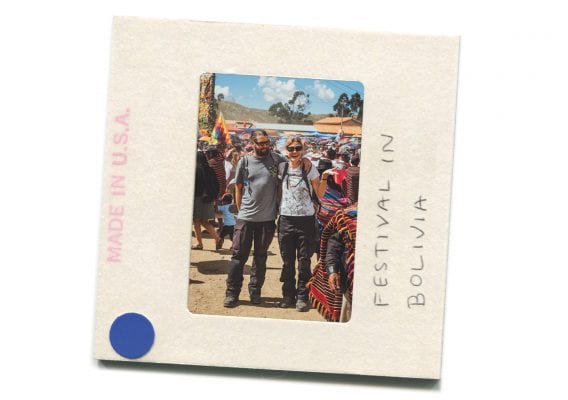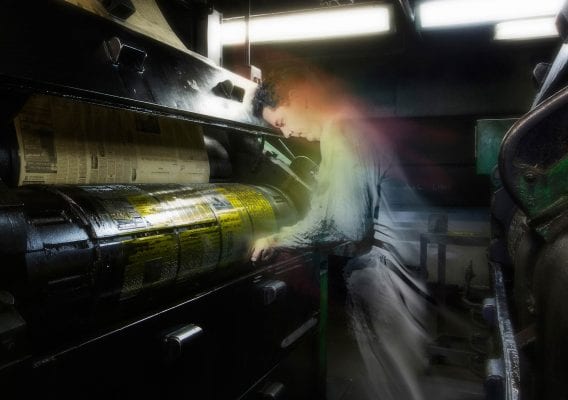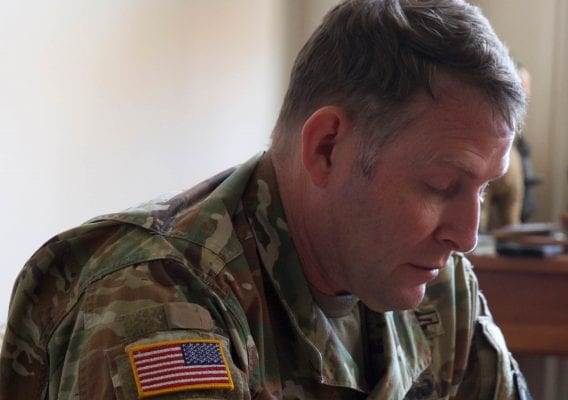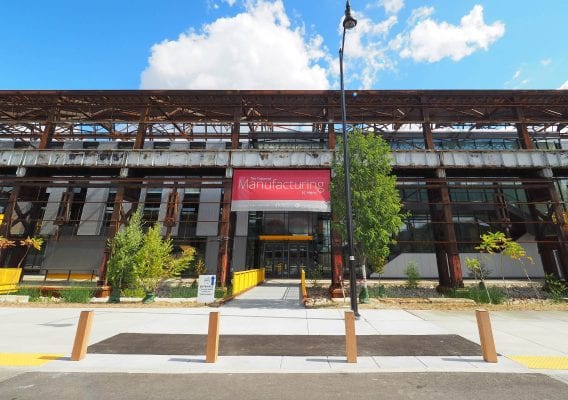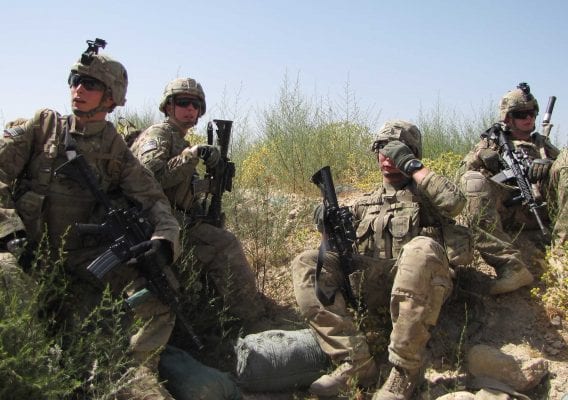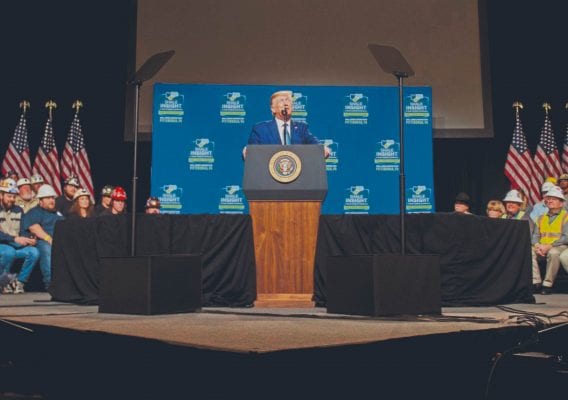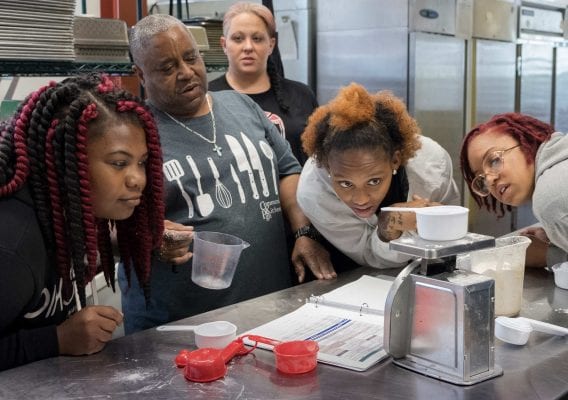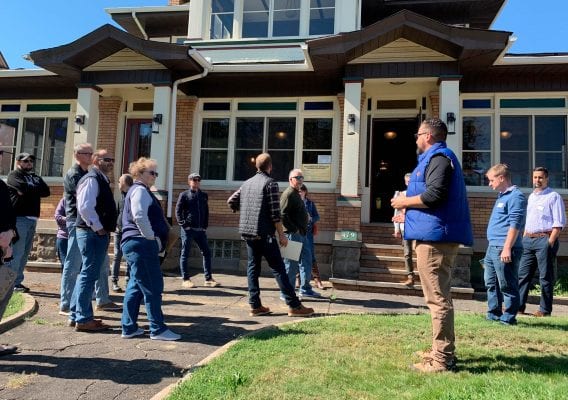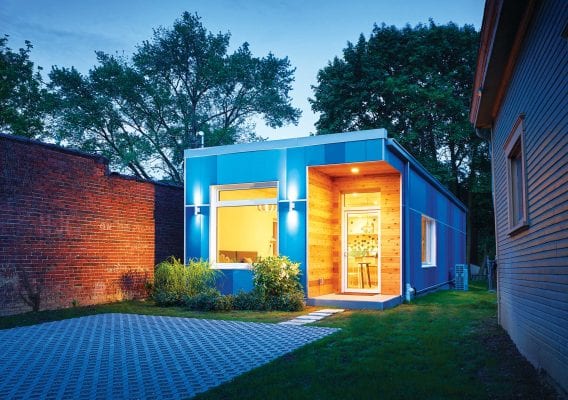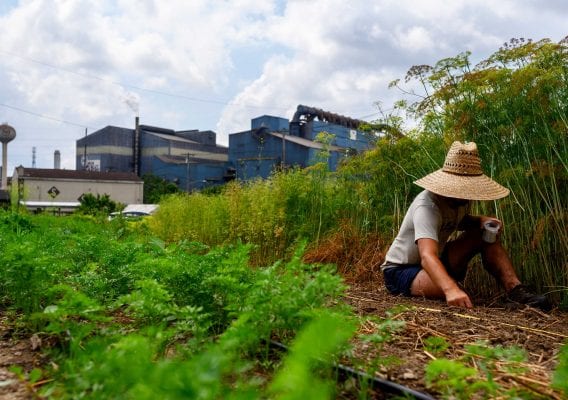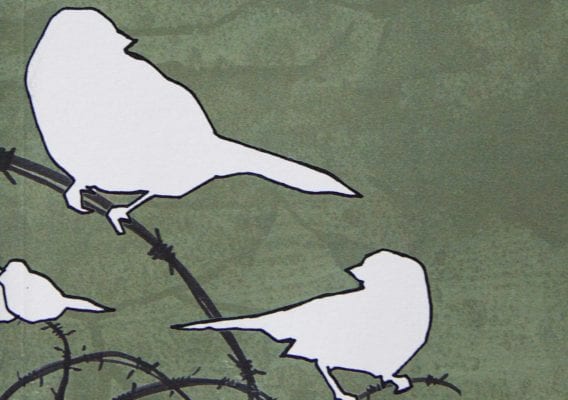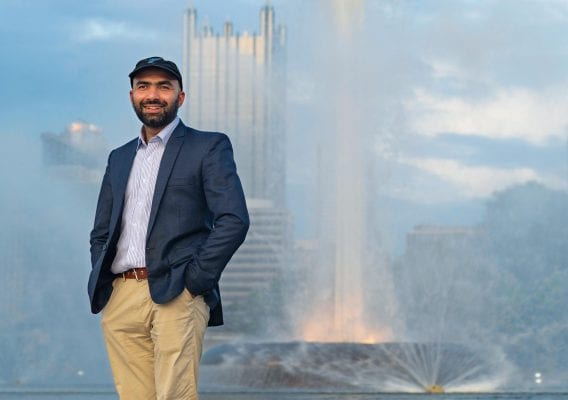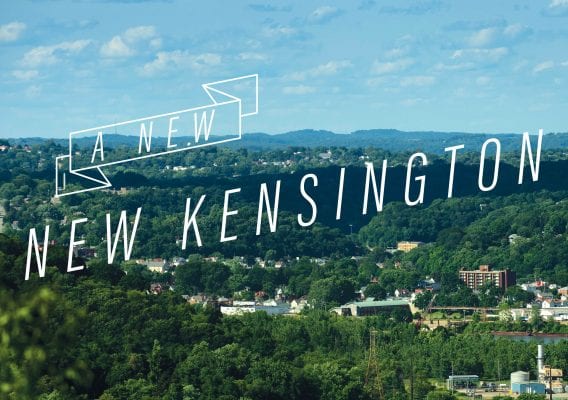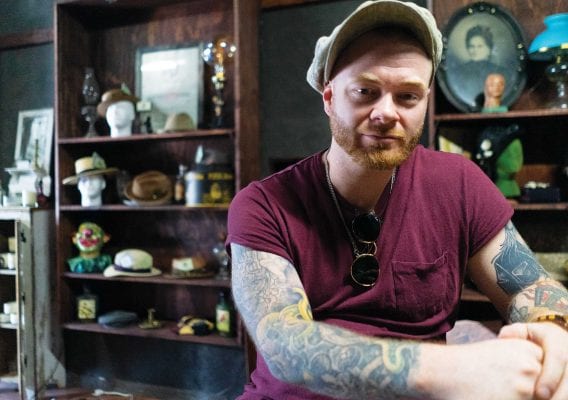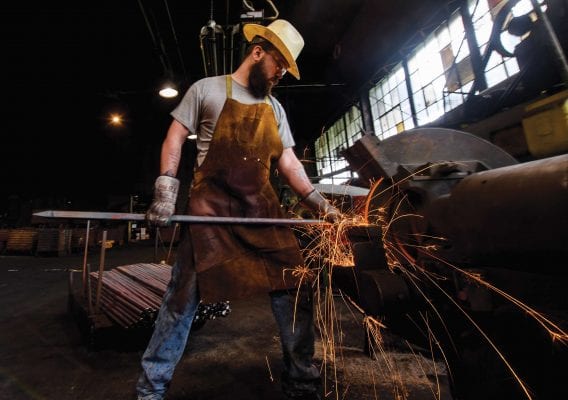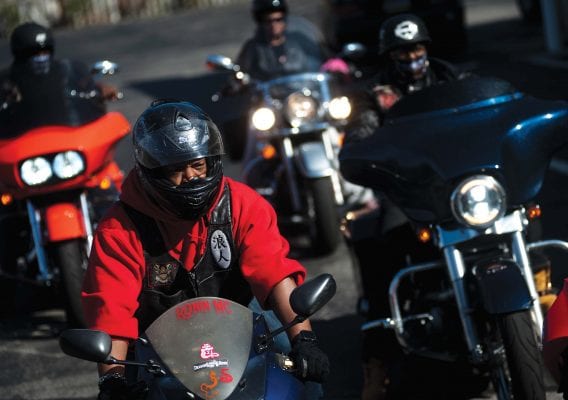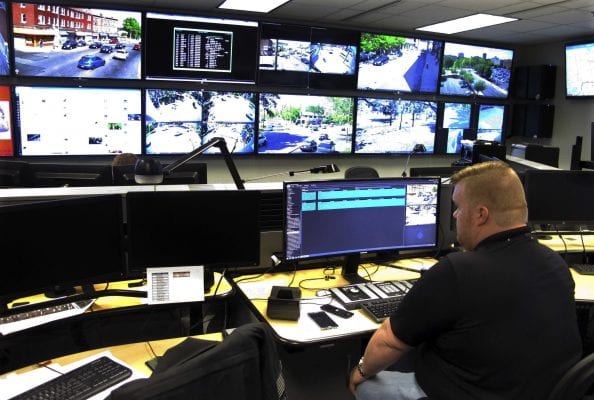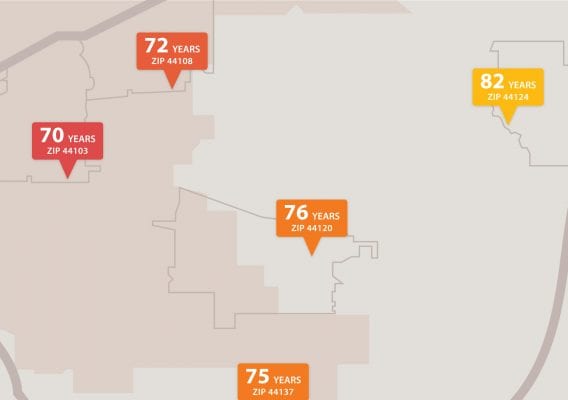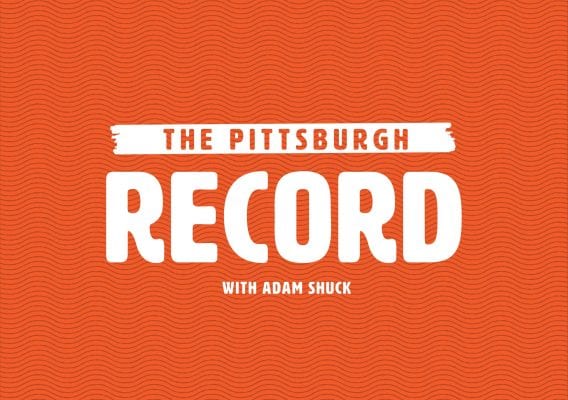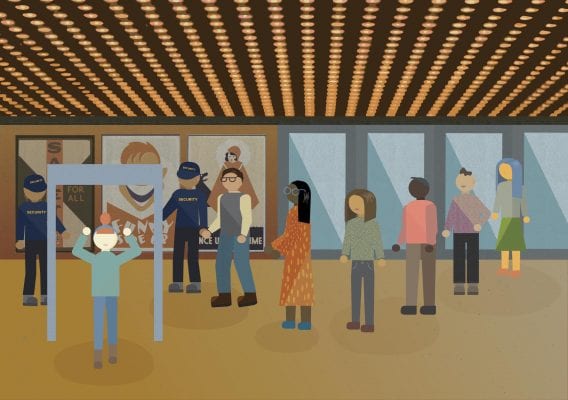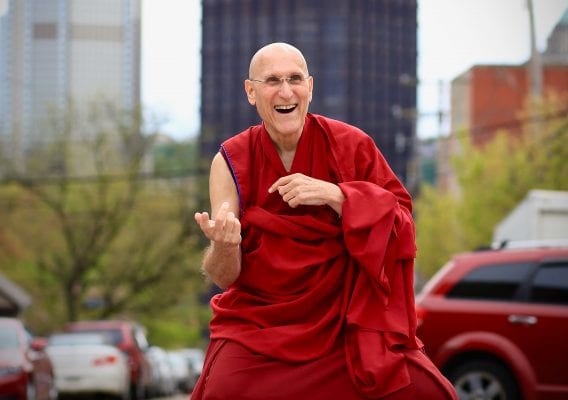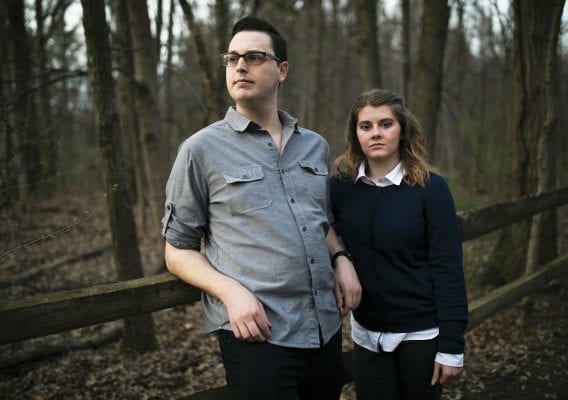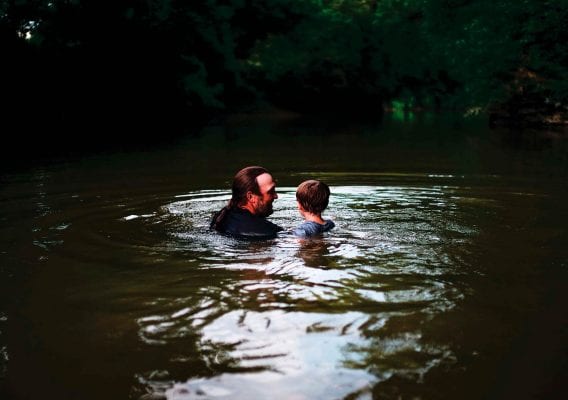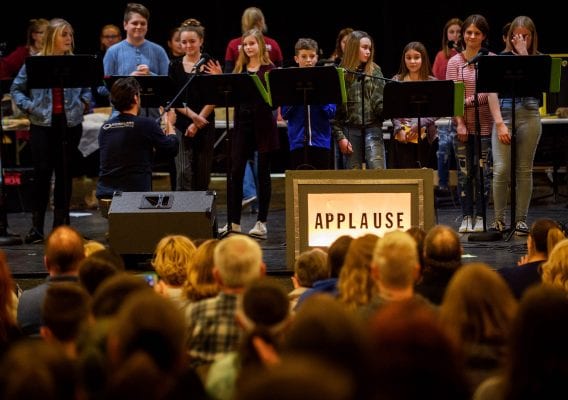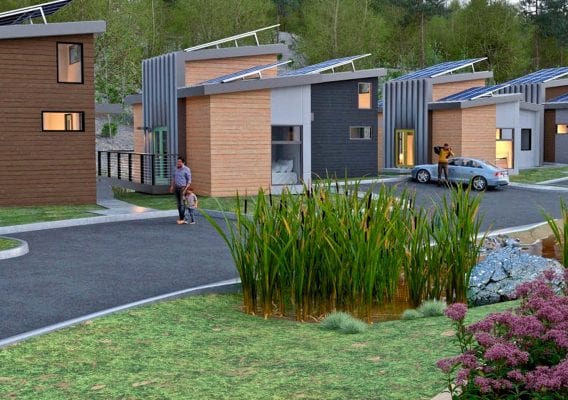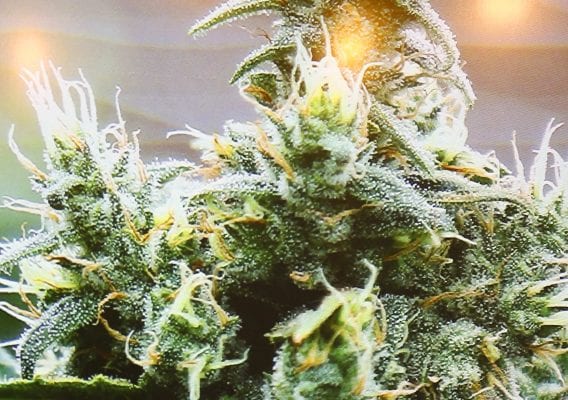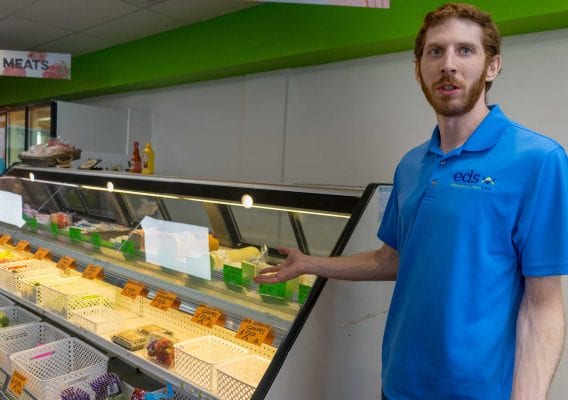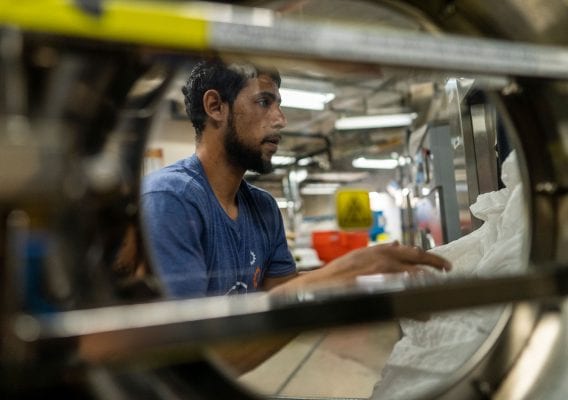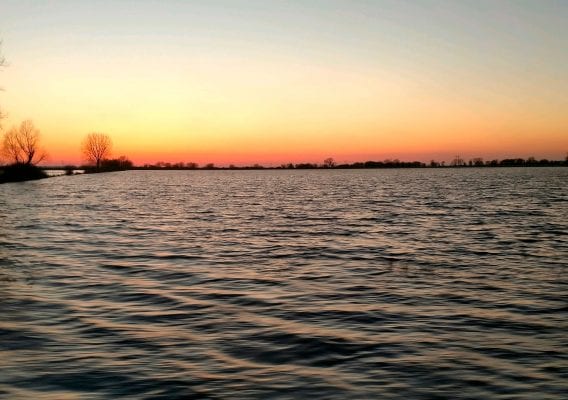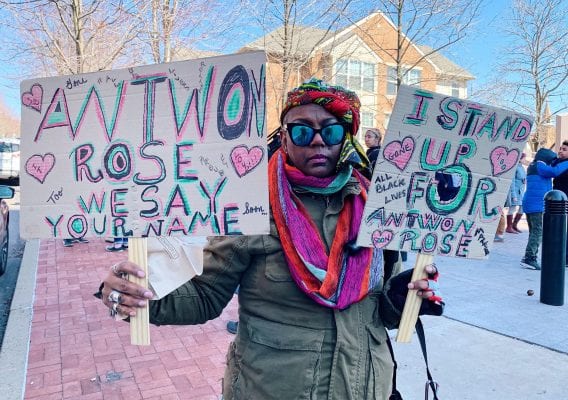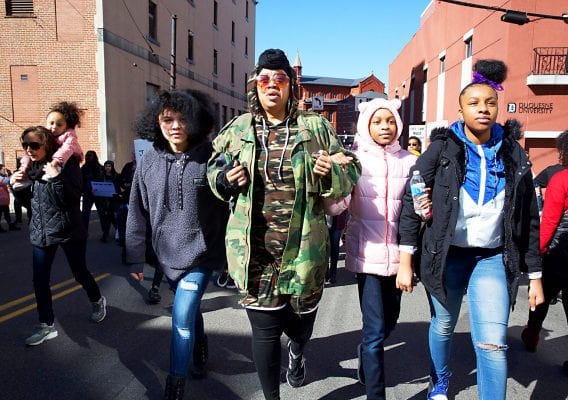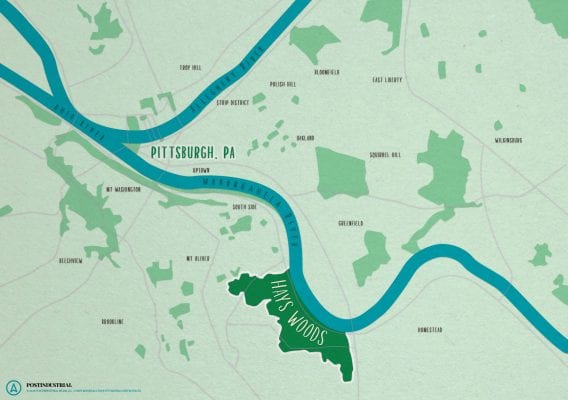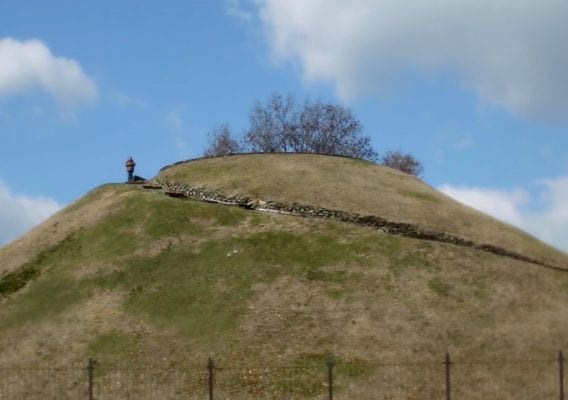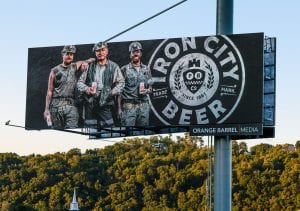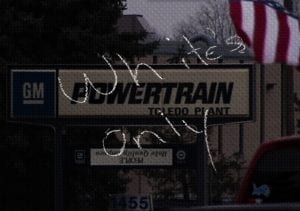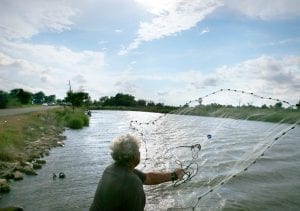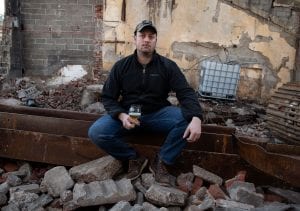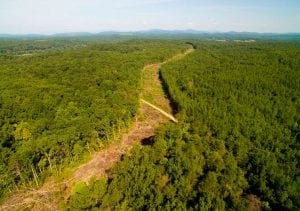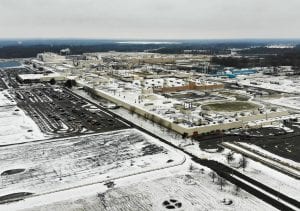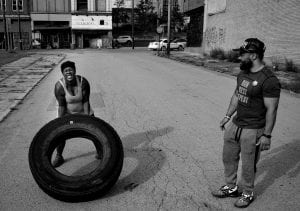You know the story: In 2016, national politicos focused on the amorphous region of the Upper Midwest and Greater Appalachia — on cities like Pittsburgh, Cleveland, and Detroit, and on towns throughout West Virginia, Kentucky, Illinois, and Indiana. All sides of the mainstream political system made a huge deal about the people here — and not in a flattering way.
If you watched the weekend political talk shows or went to rallies in 2016, you heard about “forgotten” steel workers and coal miners. You heard about Rust Belt revenge. You heard about opioid addiction and pill mills. You heard about the plight of the “white working class,” and decimated manufacturing towns, and the decline of rural America.
When I traveled outside the region, I’d get questions about Pittsburgh’s unemployment rate, or whether I felt safe reporting in West Virginia. I fielded questions from people I didn’t know, asking: Is it really as bad as it sounds there?
No, it isn’t.
I’ve reported on my share of murder and mayhem, governmental malfeasance, and fraud. I’ve reported on drugs and prisons and crime and vice. So I have no qualms about discussing bad things when I see them. But I’m more inclined to point out all of the good things — and fascinating people — that seem to be everywhere I look in the region.
Forget about steel mills. Pittsburgh is home to some of the most advanced robotics, artificial intelligence, and machine learning technologies in the world — technologies that bring billions of dollars in investment not only from the U.S. Department of Defense, but from local nonprofits and companies innovating to use these technologies in fascinating new ways. And that’s just the stuff that’s been reported. On the ground, an incredible number of community groups are spearheading social justice events, creating collectives for shared work spaces, and also doing what they’ve always been great at doing here — supporting art and music and general creativity.
Ten years ago, some mainstream media outlets glommed onto what became a typical, quirky story about Detroit — the tale of the couple who bought a house for $500 and turned it into a palace for what it’d cost to rent a one-bedroom apartment in New York City for a year. Those aren’t just one-off stories anymore. Entire communities have sprung up around that very idea — of people reinvesting relatively small amounts of money into land or businesses in Detroit or Pittsburgh or Knoxville, Tennessee, and turning those tiny investments into great successes.
Chicago is home to some of the most celebrated restaurants in the country; it’s the only non-coastal city in the U.S. with a Michelin three-star restaurant. Most of those restaurants are in neighborhoods that were considered decaying relics 15 years ago. Now they’re home to some of the best eateries in America.
And there’s so much more.
To me, these cities are not defined by where they sit on mountain ranges or in proximity to the Great Lakes. And when we speak of them in relation to the amount of rust they’ve collected — well, that’s just not right. I challenge anyone to drive out of the Fort Pitt Tunnels overlooking downtown Pittsburgh and describe it as a rusting city. It’s just not.
